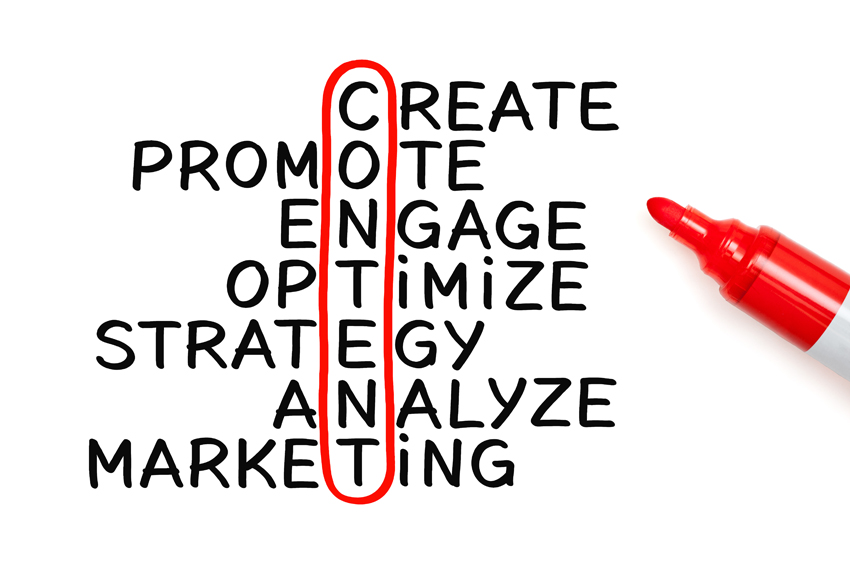Content Marketing: Plan first, write second for effective content marketing
Content Marketing: Plan first, write second for effective content marketing
By Edith Reinhardt
Attorneys have used helpful and practical content to market themselves for years. Content marketing is an excellent way to highlight expertise and build trust and credibility. However, it is most effective when carefully planned. Whether the information is developed for a website, social media, ads, or articles, answering six essential questions at the outset can help ensure that the content benefits both the reader/listener and the law firm.
- Who is the audience?
Identifying the target audience with specificity enables attorneys to create content that resonates with the reader/listener and encourages them to react positively.
The first step is to create a buyer persona – a profile of the ideal reader/listener, including information on their:
- Key demographics, including age, profession, income, location, industry, company size, and the individual’s role in decision-making.
- Concerns, interests, and pain points.
- Level of knowledge about their problem and how the firm can help them.
- Information sources such as what they read, which events they attend, and who they trust.
These can be determined by reviewing records from past clients, asking for client feedback, gathering information from referral sources, and conducting independent research.
- What does the audience care about?
The key to great content is to focus on what the reader/listener wants to know. Typically, clients and prospects want content that educates them, provides solutions and/or simplifies complex issues.
The best way to determine what people care about is to listen to them. Write content that answers frequently asked questions from clients/prospects. Use surveys or have direct conversations to understand their priorities. Monitor what they say on their website and social media.
Also, read what they read. Use Google, social media and other tools to research relevant publications and find topics of interest.
- How can the firm offer something unique?
Many firms produce blogs, client alerts, and other content that is virtually identical to their competitors’. They report new developments or provide basic information but fail to offer any insights to set them apart. Clients and prospects want to understand how something affects them and what they need to do to solve or minimize problems. Firms need to provide actionable advice and/or analysis that highlights their unique expertise and is genuinely helpful rather than a sales pitch. Offering real value builds trust and credibility.
- What are the firm’s goals?
There are many reasons to create content including increasing visibility, driving website traffic, staying top of mind with contacts, building credibility, or generating leads. The content should align with those goals both in substance and form.
Once the goal is set, metrics can be established to measure the effectiveness of the content and determine which types of content are best suited to achieving the firm’s objectives. For example, videos on social media are useful for getting attention, while articles in third-party publications demonstrate expertise and authority.
- How will the content be promoted?
Great content doesn’t market itself; it needs a marketing plan to ensure it reaches the right audience. Firms should use multiple channels to push out their content, including owned, earned, and paid media outlets. Both the firm and its attorneys and staff should be sharing the content with their networks to amplify its reach. Experimenting with different channels, subject lines, titles, day and time shared and other variables can also improve results.
- What is the call to action (CTA)?
This goes along with No. 4, but it focuses specifically on guiding the reader/listener to take an action. The content should provide a clear next step, whether it’s to contact the firm, sign up for alerts, register for a webinar, or download related content. The goal is to keep people engaged as long as possible.
Conclusion
Taking the time to plan out content with these six questions helps to ensure that it will provide value to readers/listeners and the firm.

Edie Reinhardt, Esq. is principal of RDT Content Marketing, which specializes in helping attorneys showcase their expertise and target their marketing to attract more clients. She can be reached at [email protected].
Share this story, choose a platform
Brought to you by BridgeTower Media
Free Weekly Newsletter
Recommended content
Legal Ethics: MSOs: Good for Big Law, good for all?
Legal Ethics: MSOs: Good for Big Law, good for all? By Jim Doppke As we head into 2026, we should [...]
The office holiday party preparedness guide
Fellowship and good cheer may be the aim, but the holiday party is fraught with pitfalls for the unwary. Read [...]
How lawyers really grow business: Lessons from leading rainmakers
Successful lawyers say business development grows out of actions practiced over time that build trust, demonstrate value, and create visibility. [...]
Stop forcing functional experts into people management jobs
Being proficient technically in the law does not necessarily mean a lawyer should be entrusted with managing others in the [...]






